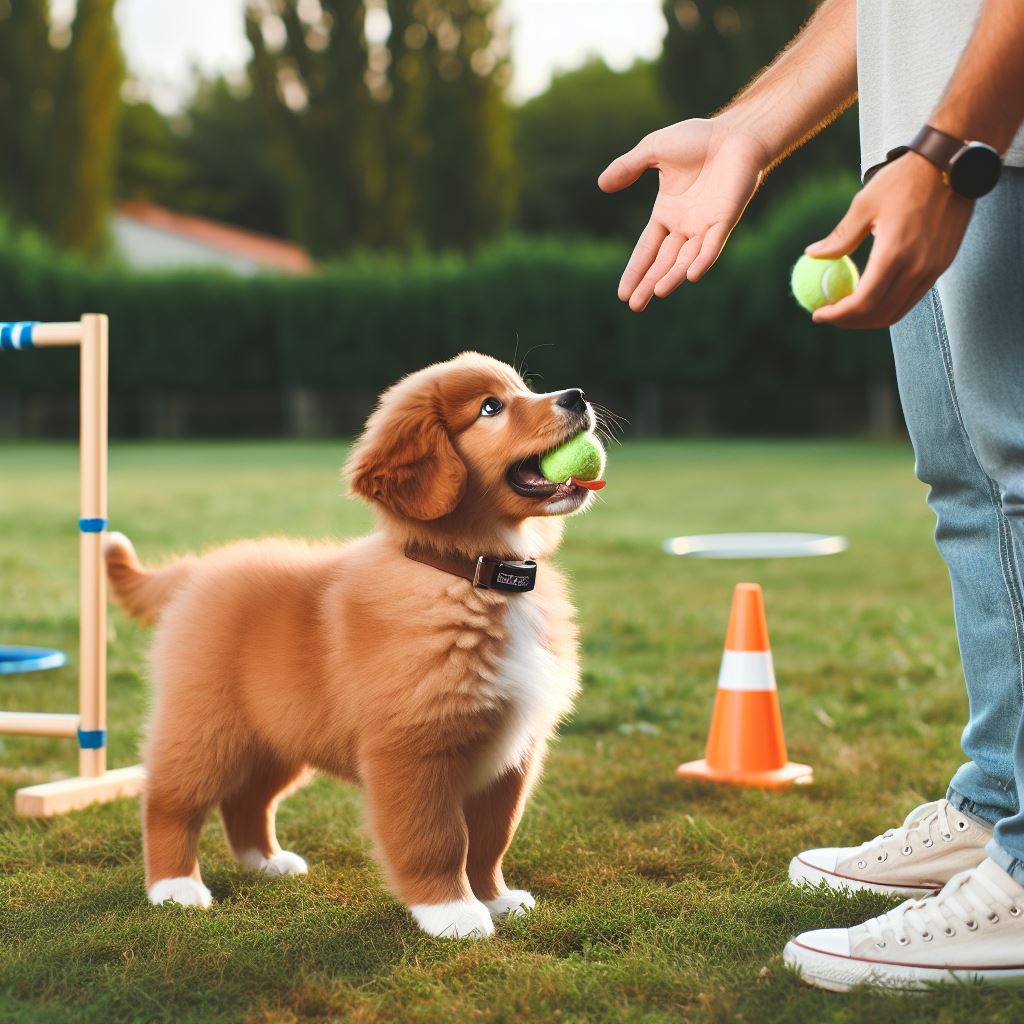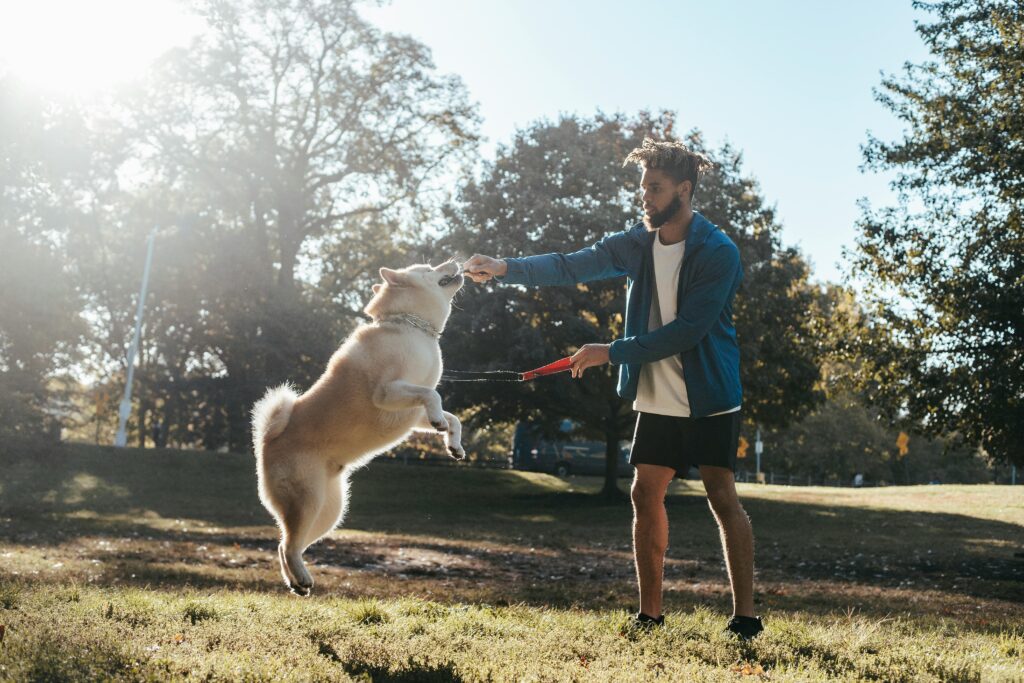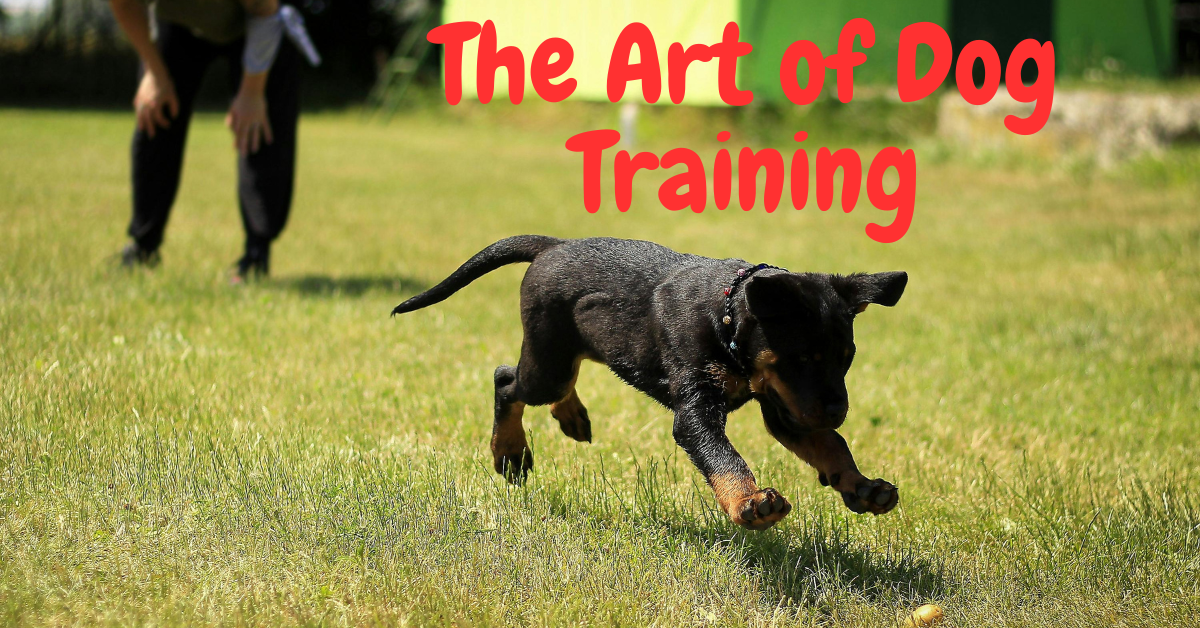Introduction
Imagine a world where your furry best friend not only listens to every command you give but also performs impressive tricks with precision and enthusiasm. The art of training your dog is like sculpting a masterpiece, where patience, consistency, and a deep understanding of canine psychology are the tools that shape your pet into a well-behaved companion. Whether you have a mischievous puppy or an older dog set in their ways, mastering the art of dog training can unlock a whole new level of communication and bond between you and your four-legged pal.

Understanding Canine Behavior
Canine behavior goes beyond surface-level observation; it requires delving into the intricate nuances of their instincts and communication methods. Dogs rely heavily on body language to express their emotions and intentions, making it crucial for dog owners to learn how to interpret these cues accurately. One common misconception is that a wagging tail always signifies happiness, when in reality, it can indicate anxiety or stress depending on the context.
Positive Reinforcement Techniques
Positive reinforcement techniques are powerful tools in shaping desirable behaviors in both humans and animals, particularly in the context of dog training. By utilizing positive reinforcement, trainers reward desired behaviors, encouraging their repetition. This approach focuses on providing incentives such as treats, praise, or playtime to reinforce actions that align with training goals. One of the best tips for effectively employing positive reinforcement is consistency – rewarding the desired behavior every time it occurs helps to solidify the association between the action and the reward.
Another key tip is timing – delivering the reinforcement immediately after the desired behavior increases its effectiveness and clarity for the dog. Additionally, maintaining enthusiasm and positivity throughout the training process contributes to a supportive and encouraging environment, motivating the dog to engage and learn eagerly. Through these techniques, positive reinforcement not only facilitates learning but also fosters a strong bond between the trainer and the dog, built on trust and mutual respect.
Consistency in Commands and Rewards
Consistency in commands and rewards is crucial in dog training. Dogs thrive on routine and predictability, so using consistent commands helps them understand what is expected of them. When you use the same command for a specific behavior every time, your dog learns to associate that command with the corresponding action.
Patience and Persistence in Training
Patience and persistence are key when it comes to training your furry companion. Remember, Rome wasn’t built in a day, and neither is a well-trained dog. It takes time for them to understand and assimilate the commands you wish to instill. Be patient with them, as each dog learns at its own pace.
Persistence is equally important – consistency in training sessions will yield better results over time. Dogs thrive on routine and repetition, so make sure to practice regularly to reinforce good behavior. Celebrate even small victories along the way, as they signify progress and improvement. In the end, your dedication will be rewarded with a well-trained and obedient companion that brings joy into your life every day.

Socialization and Exposure to Different Environments
One key aspect of dog training that is often overlooked is the importance of socialization and exposure to different environments. Dogs who are well-socialized from a young age tend to be more confident, adaptable, and less likely to develop behavioral issues. By exposing them to various environments, such as parks, busy streets, or even different types of flooring textures, you can help your dog become more comfortable in different situations.
Socialization also plays a crucial role in shaping a dog’s behavior towards other animals and people. By allowing your dog to interact with other dogs and meet new people, you can help them develop good manners and positive relationships. It is important to remember that socialization should be a gradual process, starting with controlled interactions before gradually increasing exposure. In this way, you can ensure your dog learns how to navigate diverse environments confidently and positively.
Addressing Behavioral Issues with Professional Help
Addressing behavioral issues in dogs can be a challenging and sometimes overwhelming task for pet owners. Seeking professional help from a certified dog trainer or behaviorist can make a significant difference in effectively addressing these issues. These professionals have the expertise and experience to provide tailored training programs that target specific behaviors, helping your furry friend overcome their challenges.
Professional dog trainers use positive reinforcement techniques to encourage desired behaviors and discourage unwanted ones. By working with a professional, pet owners can gain valuable insights into understanding their dog’s behavior and implementing effective strategies for long-lasting results. Remember, every dog is unique, and what works for one may not work for another; that’s where professional guidance becomes essential to address behavioral issues comprehensively and improve the overall quality of life for both you and your furry companion.
Building a Strong Bond Through Training
Training is not just a way to teach commands; it’s a gateway to building a strong bond with your dog. Through consistent training sessions, you create an environment of trust and communication that strengthens your relationship. The process allows you to understand each other’s preferences, quirks, and personalities on a deeper level.
Final Thoughts
The art of dog training is a rewarding and fulfilling journey for both dogs and their owners. By understanding your dog’s behavior and using positive reinforcement techniques, you can build a strong bond based on trust and respect. Consistency, patience, and clear communication are key elements in successful training. Remember that every dog is unique, so it’s important to tailor your approach to suit their individual needs. Embrace the process with dedication and love, and watch as your furry companion transforms into a well-behaved and happy member of your family. Start training today to create a harmonious relationship that will last a lifetime!
Recommended dog training course:
Unleash your dog’s full potential with Brain Training for Dogs! Click the link below to explore innovative techniques and enhance your furry friend’s intelligence.





